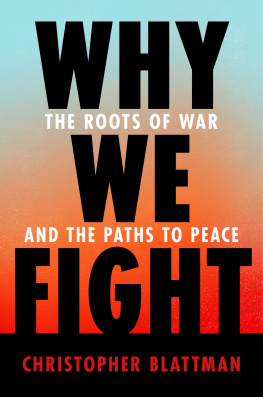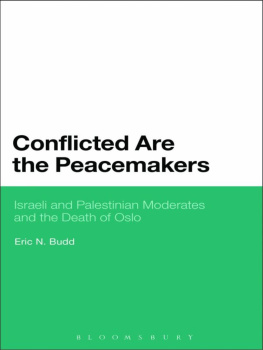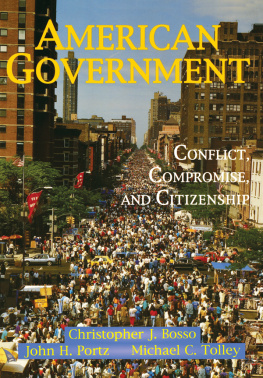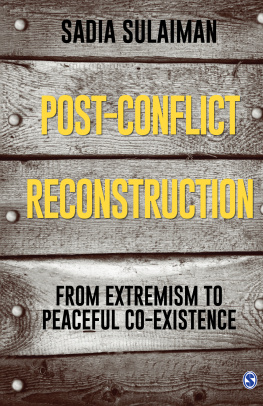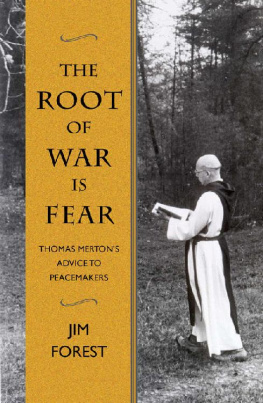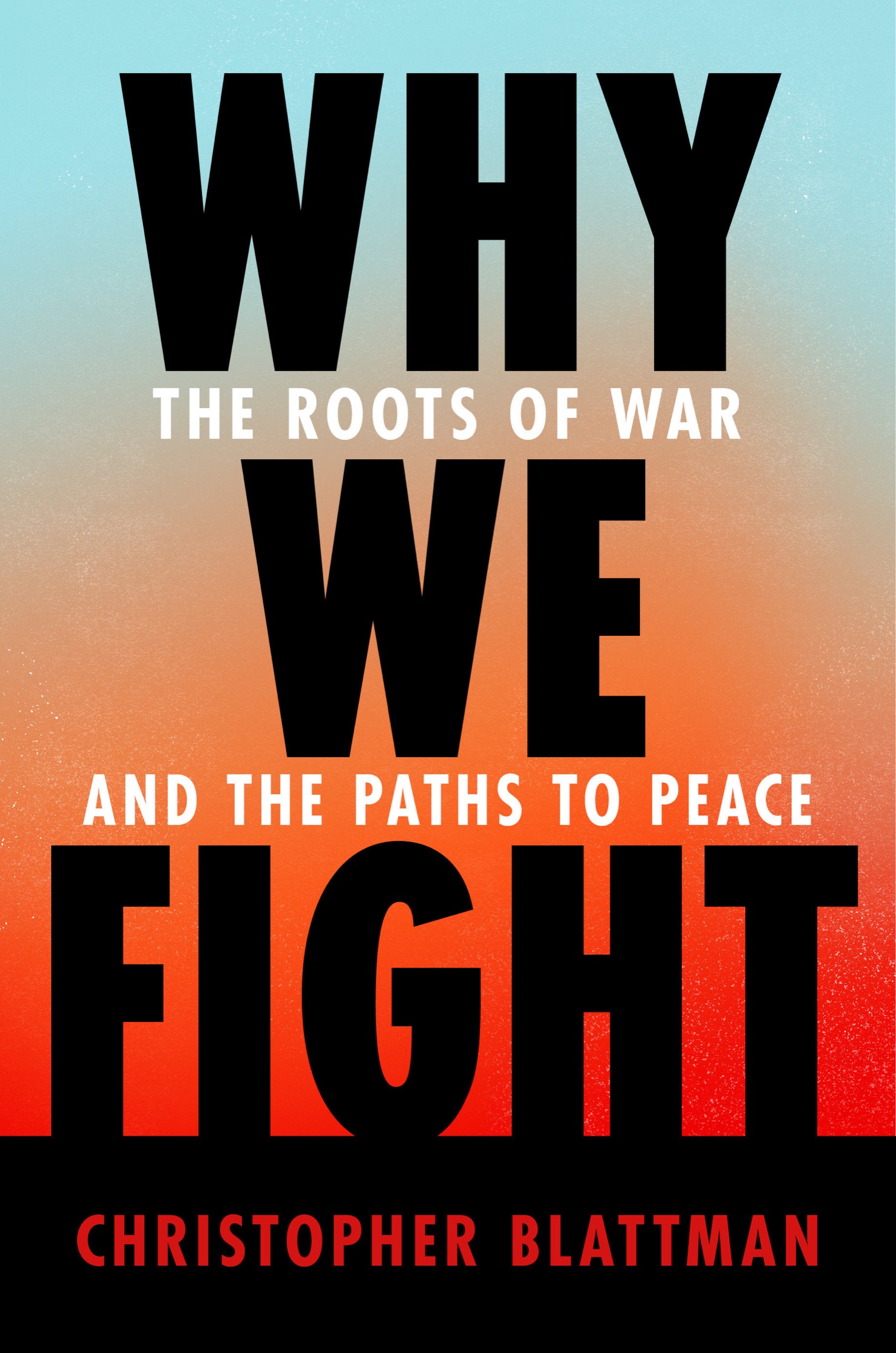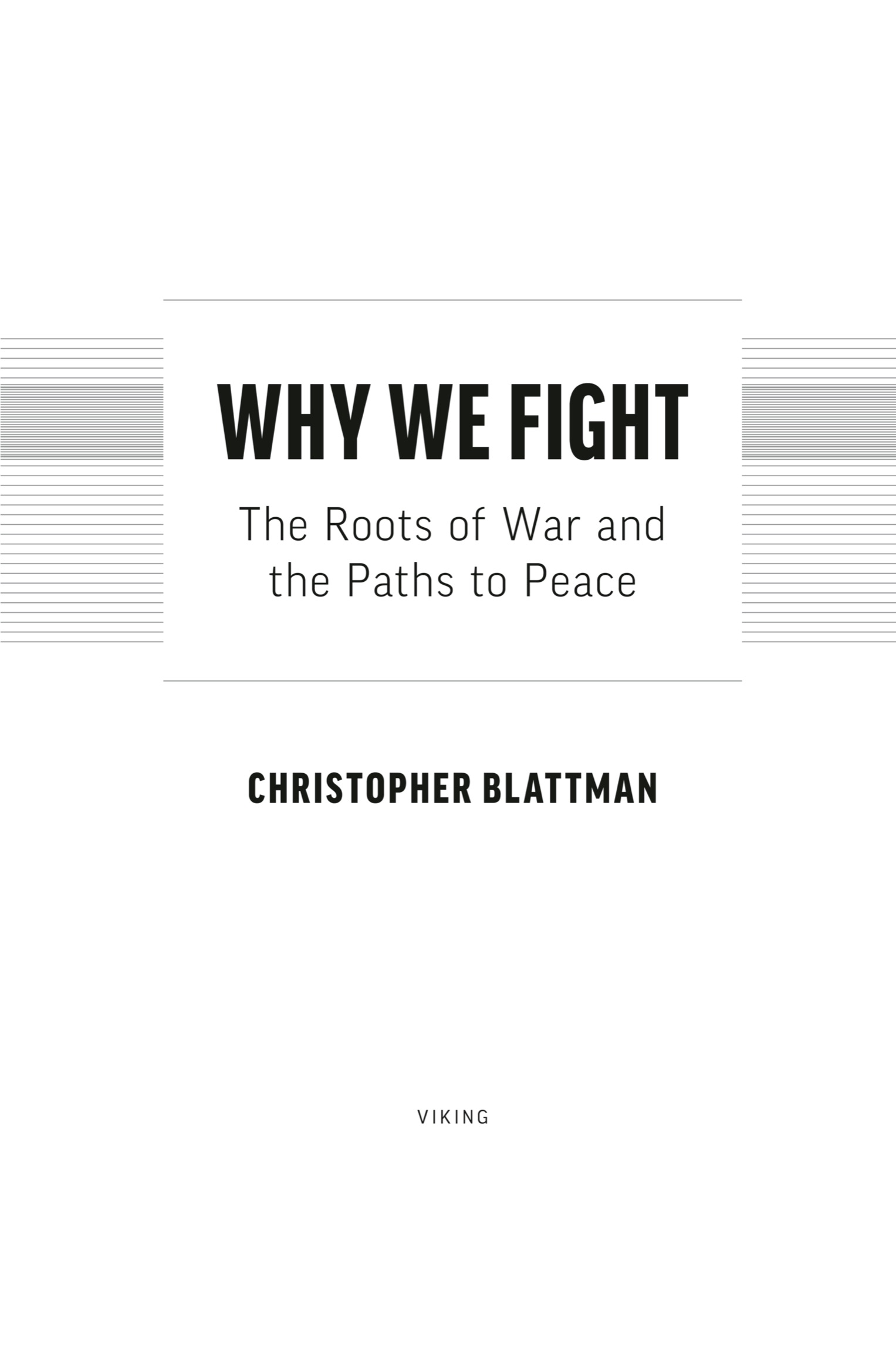Penguin supports copyright. Copyright fuels creativity, encourages diverse voices, promotes free speech, and creates a vibrant culture. Thank you for buying an authorized edition of this book and for complying with copyright laws by not reproducing, scanning, or distributing any part of it in any form without permission. You are supporting writers and allowing Penguin to continue to publish books for every reader.
Names: Blattman, Christopher, author.
Title: Why we fight : the roots of war and the paths to peace / Christopher Blattman.
Description: New York : Viking, [2022] | Includes bibliographical references and index. |
Identifiers: LCCN 2021034646 (print) | LCCN 2021034647 (ebook) | ISBN 9781984881571 (hardcover) | ISBN 9781984881588 (ebook)
Subjects: LCSH: War and society. | Social conflict. | Ethnic conflict. | Violence. | War. | Peace.
Classification: LCC HM554 .B593 2022 (print) | LCC HM554 (ebook) | DDC 303.6/6dc23
To the internet caf, now defunct, at the corner of Fifth Ngong Avenue and Bishops Road, Nairobi
INTRODUCTION
Napoleon rang the doorbell a third time. I know this is the place, he said, turning to face us. I stood on the sidewalk beside his partner, Charles, and my colleague Megan. Megan and I, the obvious outsiders, were trailing the duo for the day.
Unlike us, Nap and Charles had grown up on Chicagos West Side. Both had run fearsome local gangs in their youths. Nowadays, however, most folks in North Lawndale knew the gray-haired pair for their relentless prowling of the neighborhoods drug corners and porch stoopstheir efforts to coax younger versions of themselves away from a life of dope selling and violence. Guys like Johnny, who was clearly not answering his door.
Johnny led a neighborhood crew. Crews, mobs, cliquesold-timers like Nap kept tossing out terms like these for the young men dealing drugs and trading bullets on the streets of Lawndale. The word he never used was gang. These arent gangs, Nap told me, shaking his head. We had organization, we had discipline, we had rules. But these kids... no way. Todays crews were fragmented, fractious versions of the large, unified criminal structures that once dominated Black neighborhoods like Lawndale. True, Nap was giving us the old ex-gang leaders version of a kids today rant, but it was a tirade with truth.
It was a warm autumn day. Along the quiet tree-lined street, the leaves had begun to turn but had not yet fallen, and so the stoops of the three-story family homes were still well shaded. A few young men sat outside talking to friends, keeping an eye on the block. I was still new to Chicago at the time, and the quiet leafy street hardly resembled the image of criminal turf Id seen on TV. But this, Nap told us, this was the Holy Land. These few blocks were the birthplace of one of the largest and most influential street gangs in American history: the Vice Lords.
Down the street, some of the young men were staring at the spectacle from their porches: our little troop, neon vests over street clothes. Strangers were unusual in the Holy Land. And we were knocking on the chiefs door.
Some people would have given up on Johnny at that moment, but theres a reason I call Nap and Charles relentless. Charles hollered, Hey! Any of you guys know where Johnnys at? and strode straight toward the closest knot of young men.
All across the city, outreach workers like Nap and Charles were chasing down a thousand Johnniesthe one thousand men we figured were most likely to pull a trigger in the months ahead. The previous year, 2016, murders in Chicago had spiked by an astonishing 58 percent. Nap and Charles represented a new kind of response, to get those numbers down.
Word had gotten around about the goods Nap and Charles were dealing. You guys from that program? one of the young men asked. He immediately relaxed and grinned. That program was offering a transition to a new lifeeighteen months of a legitimate job and paycheck, with about ten hours of behavioral therapy woven in each week. The job was what interested him most. What I got to do to get in? another asked.
Just as Nap was starting his spiel, Johnnys door swung open. A short, confident young man with bright eyes emerged. He was wearing a Superman T-shirt and fitted black sweatpants, lean and well built, like the track athlete hed once been. A little girl about two years old followed him out. Sorry, he said, we were sleeping.
Johnnys brother used to run the mob on the block, but hed been shot and killed a month before by a rival crew. Now Johnny was Lil Chief. He looked us up and down: Whats going on? As his daughter rode her tricycle up and down the sidewalk, Nap and Charles gave him the pitch on a new life. If they could get Johnny in, with his cred and charisma, other men would follow. And, they hoped, the program would lower the risk that Johnnys crew would retaliate against their rivals. Later on Nap would say, Did you see how those young men gathered around him like that? Megan and I nodded. Thats what a chief looks like.
Three weeks later, walking home from a day of manual labor at his new job, a car pulled up. Lil Chief took sixteen bullets to his right arm, chest, and legs. Fortunately, his old track training kicked in. Johnny managed to sprint to safety in a corner store, bleeding from sixteen places all over the tile floor. Amazingly, he lived. But Johnny couldnt escape his war.
Why? Why were groups of young men like him embroiled in gun-wielding feuds, killing over and over and over again? What could a couple of old guys like Nap and Charles, let alone an outsider like me, do about it?
These werent questions Id ever expected to ask or answer. But once you witness the cruel extravagance of violence, its hard to care about anything else. Even when you see it from a position of safety with the privilege of distance. Everything else fades in importance. Almost two decades ago, thats what happened to me.
WHY VIOLENCE MATTERS
Before the war came, a drive across northern Uganda took you over dry, dusty dirt roads, through miles of swaying grass taller than your head. Green when the rains came, brown when they didnt, the long stalks waved endlessly over flat, arid plains, interrupted only by the occasional trading post or pasture.
Most Acholi families, farmers and herders by profession, lived in clusters of circular huts, with smooth mud walls and conical thatch roofs, in the midst of their fields of maize and cattle. This area of the country, Acholiland, once held more cows than people. It must have been beautiful.

